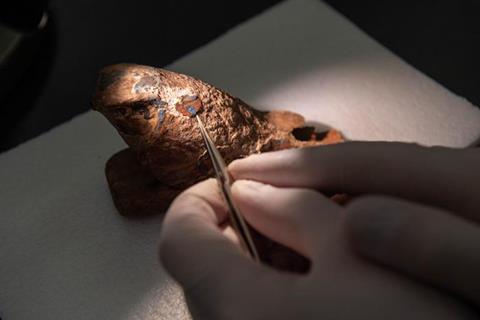
From vivid bright and dark blues to greys and dull greens, the many colours of ancient Egyptian Blue pigment have now been recreated by a team of US scientists and archaeologists. The work could help researchers identify and perhaps repair ancient artefacts that used the prized pigment – including paintings on ancient Egyptian tombs, monuments and sarcophagi.
The recipe for the famous pigment seems to have been a closely guarded trade secret among artisans for much of the last 5000 years. ‘Our first evidence of it is from ancient Egypt, and then there is evidence of this type of process for many thousands of years after that,’ says Washington State University materials scientists and engineerJohn McCloy, the lead author of the study.
He explains that the main colouring agent in Egyptian Blue was the copper-based mineral cuprorivaite – a form of copper calcium silicate – but that it could be used to produce paints in a wide range of colours, depending on what other substances were used and how the mixture was heated.
In particular, the researchers found that some variations of the pigment-making process produced different amounts of copper-doped or ‘green’ glass, from the interaction of the cuprorivaite with soda (Na2CO3) in the mixture derived from natron. They revealed that controlling how much green glass was produced in the process was a key part of a successful recipe, McCloy says.
Conservation scientists and archaeologists with direct knowledge of the use of Egyptian Blue took part in the new study and the researchers examined authentic samples of the pigment, which was used to paint stone, pottery, wood and a type of papier-mâché from ancient Egypt called cartonnage.
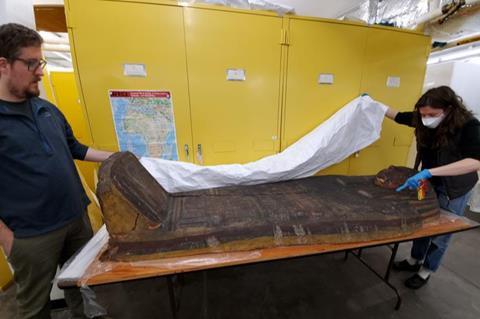
The researchers then synthesised different shades of the ancient pigment by varying the heating times and the raw ingredients available to the ancient Egyptians – sources of copper, silica, lime or soda, and perhaps the ashes of saltwater plants – and studied the resulting substances with electron beam x-ray microanalysis and other techniques to better understand the factors that affected the colours.
Finally, the researchers selected the best 12 recreated shades for display in an ancient Egyptian gallery at the Carnegie Museum of Natural History in Pittsburgh, Pennsylvania. McCloy hopes they will be used by conservation scientists to identify the method used to create Egyptian Blue paint on a particular artefact, and perhaps guide them if they attempt repairs.
Egyptian Blue was sometimes used in place of precious inlays of lapis lazuli or turquoise – probably because it was much cheaper and easier to obtain, McCloy says. It was also used for frescoes and mosaics by the Romans (Egypt’s overlords after the first century BC) and it has been found in some Renaissance paintings. ‘Many paintings have this pigment,’ McCloy says. ‘It can be used to luminesce through other layers of paint, so that you don’t see any blue on the surface.’
Archaeological scientist Moujin Matin, an expert on ancient pigments at the University of Western Ontario who was not involved in the latest study, says Egyptian Blue was a hallmark of the ancient Egyptian civilisation. ‘The production of Egyptian Blue was a highly sophisticated process, made possible only within a well-developed cultural and technological context,’ she says. ‘Culturally, the prominence of blue in religious symbolism and daily life gave the pigment special significance, ensuring its sustained value and use.’
The pigment’s use for many different artistic applications also ensured its acceptance. This ‘not only enabled the creation of Egyptian Blue but also supported its widespread use and remarkable longevity over millennia’, she adds.
Archaeologist Arianna Traviglia of Italy’s IIT Centre for Cultural Heritage in Turin, who also was not involved, says the study has established a ‘clear correlation’ between the parameters used to manufacture the pigment and the resulting colours. ‘Comparative analyses between lab-synthesised materials and archaeological samples are crucial for advancing our understanding of ancient technological knowledge,’ she says.
References
JS McCloy et al,npj Herit. Sci., 2025, 13, 202 (DOI: 10.1038/s40494-025-01699-7)
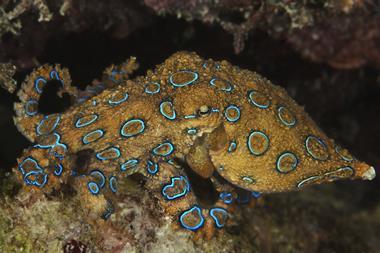


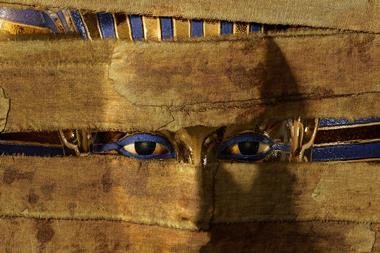
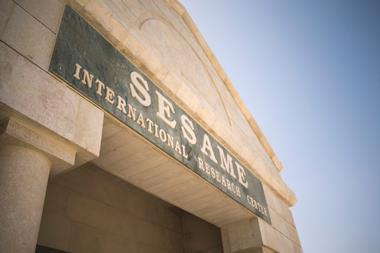


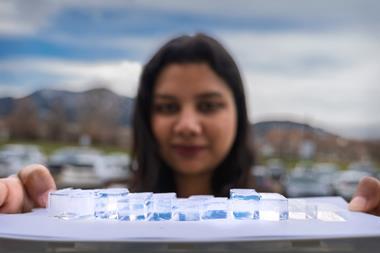

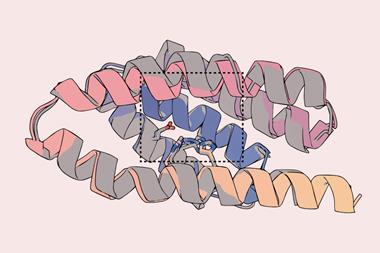

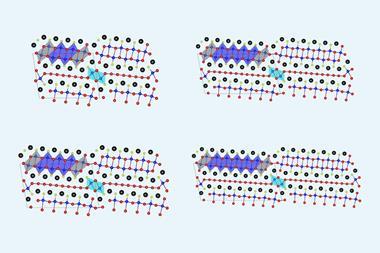
No comments yet